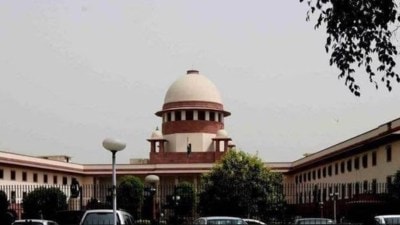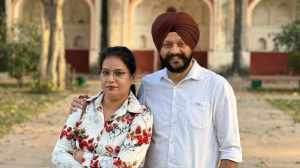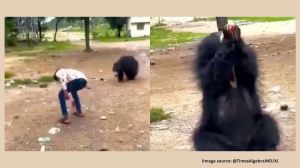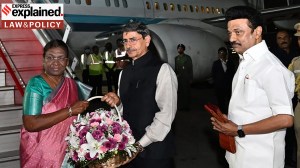Reporters take early casualties in conflict
The death of Paul Moran, a freelance journalist with the Australian Broadcasting Corp, and the incident involving three reporters for ITN, a...

The death of Paul Moran, a freelance journalist with the Australian Broadcasting Corp, and the incident involving three reporters for ITN, a British television network, caused Pentagon officials to issue new warnings to journalists who are covering the war independently, instead of travelling with coalition armed forces.
‘‘We ask all news organisations to exercise restraint, especially when journalists are putting themselves between coalition forces and Iraqi forces,’’ said spokeswoman Victoria Clarke. ‘‘It is very, very dangerous out there.’’
In another incident, two journalists with Newsweek came under fire on Saturday but reportedly escaped. Reporter Scott Johnson and photographer Luc Delahaye hid for several hours after their caravan was attacked.
The first known death of a western journalist in the conflict came as Moran and a colleague, Eric Campbell, were filming a story about Kurdish refugees at a checkpoint near the village of Khurmal.
Campbell, who suffered shrapnel wounds in the explosion, said he and Moran had been working on the story near a camp thought to belong to a militant Islamic group, Ansar al-Islam, when a white sedan suddenly pulled up beside him and exploded. Some Kurdish officials said the attack was intended to single out a journalist in response to the US bombing.
Elsewhere, Britain’s ITN television news reported Saturday that three members of a news crew — including veteran reporter Terry Lloyd, Fred Nerac and Hussein Othman — were wounded and missing after they came under fire en route to a story near Basra.
‘‘They came across an Iraqi column and there were Marines on the other side,’’ Brian Walski, a Los Angeles Times photographer travelling alongside,, said. ‘‘The Marines opened fire on the Iraqis and they got caught up in the crossfire.’’ (LATWP)
Photos




- 01
- 02
- 03
- 04
- 05



























